More than fifteen years of war with the United States have left the word Vietnam deeply tied to another harrowing word: war. Today, the country’s present still bears witness to that past—every bomb crater, every museum, monument, or cemetery serves as a reminder that it was less than 50 years ago when the Vietnamese people endured its devastating impact.
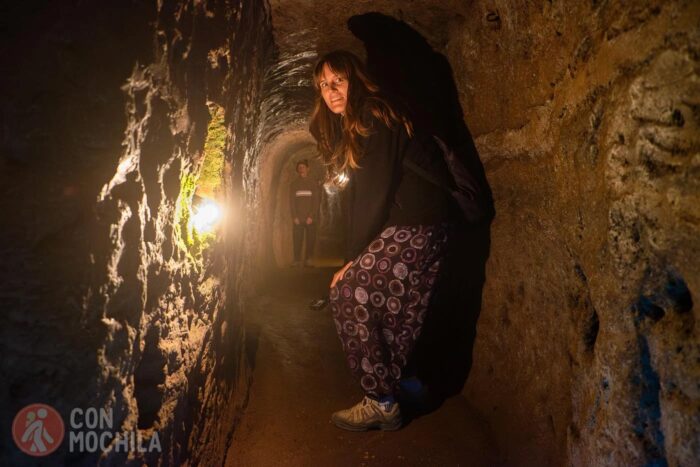
As absurd as all wars and claiming the lives of millions through indiscriminate bombings and the use of chemical weapons, it’s impossible to travel through the country without being reminded of it at certain moments—such as during a visit to the Vinh Moc Tunnels.
Before we dive into our experience, which will surely be helpful to you, it is worth mentioning that we were traveling with our own vehicle, following a motorbike route through Vietnam. If this is your case, you can reach the tunnels on your own. Otherwise, you can always join an excursion to the demilitarized zone from Hue which includes a visit to these tunnels.
Although we had read about the conflict and watched numerous films on the subject, and despite our guide constantly reminding us of the bloodiest battles and the most devastating bombings, it wasn’t until we reached the demilitarized zone that we began to feel that characteristic uneasiness that runs through your body when visiting places marked by catastrophe and barbarism.
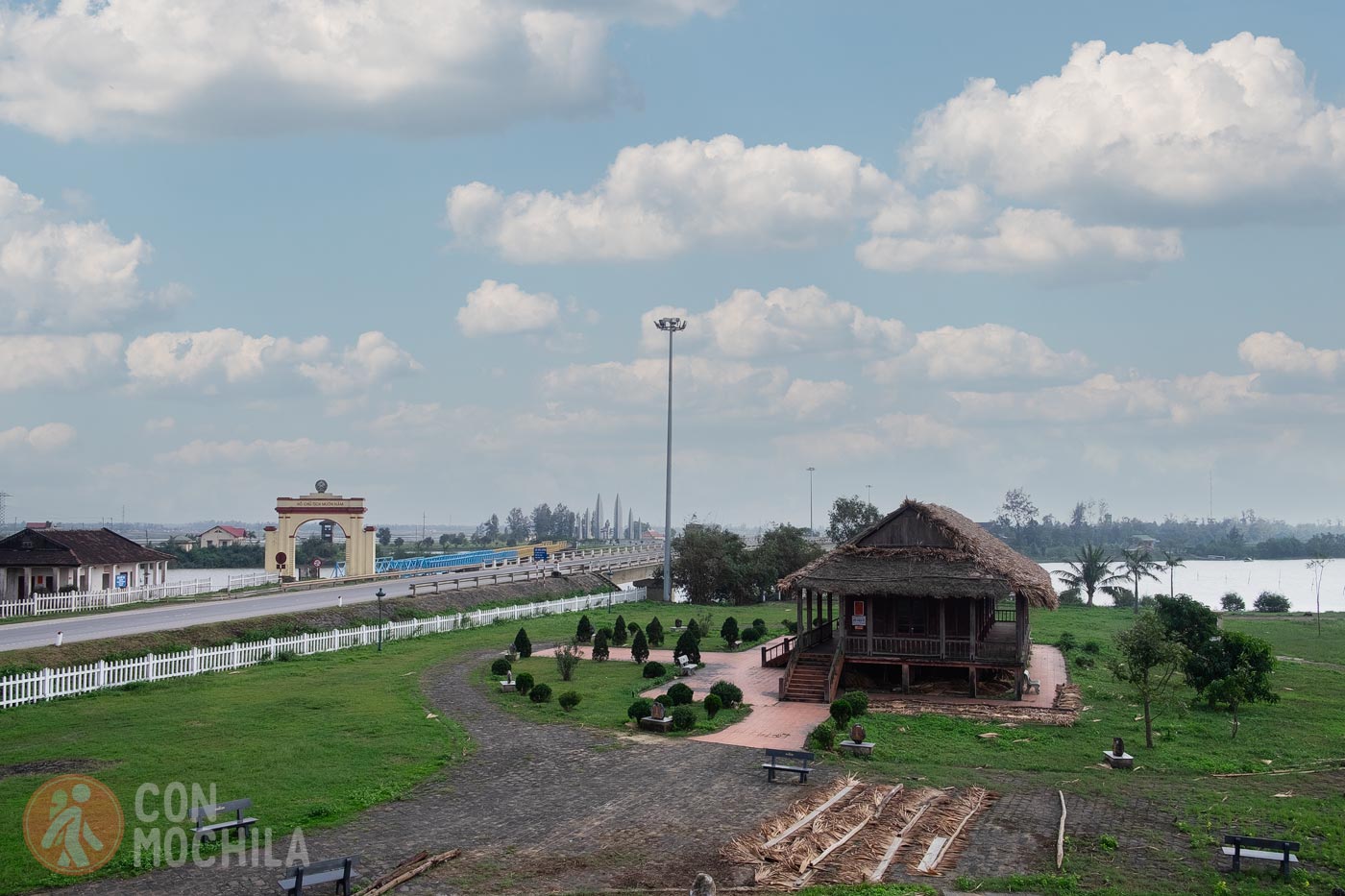
We had already felt that sadness the day before while crossing the area on a motorbike, but the visit to the Vinh Moc tunnels promised to stir our emotions even more deeply.
Before the war, Vinh Moc was a humble village of farmers and fishermen. Once the conflict began, it found itself in one of the most heavily affected areas of the country, north of the Ben Hai River, within the demilitarized zone.
American soldiers tried to force the villagers to abandon their homes, repeatedly raiding the area under the suspicion that the inhabitants were supplying food and weapons to the Viet Cong soldiers hiding on Con Co Island, just across from the town.
With nowhere else to go, the villagers decided to stay and build a shelter to protect themselves from the constant bombings. It was then that the idea of creating a network of hidden tunnels deep within a hill was born, inspired by the Cu Chi tunnels near Saigon.
Excavation began, and the corridors eventually extended over two kilometers on three different levels, complete with rooms for the inhabitants. The system was so well developed that the maternity and meeting rooms were also created. This labyrinth provided shelter and became the salvation of 62 families—around 300 people—who continued to live as normal a life as possible. In fact, their numbers even increased, as 17 children were born in the tunnels.
About 42 kilometers separate Dong Ha from the famous tunnels, a distance easily traveled along a small road where we had the opportunity to observe the daily life of the Vietnamese people.
As always, children leaving school around eleven o’clock rode their bikes parallel to us. Motorbikes, overloaded with anything that could be secured to the back, passed by. Lush rice fields made us feel at home, and omnipresent graves accompanied us on both sides of the road.
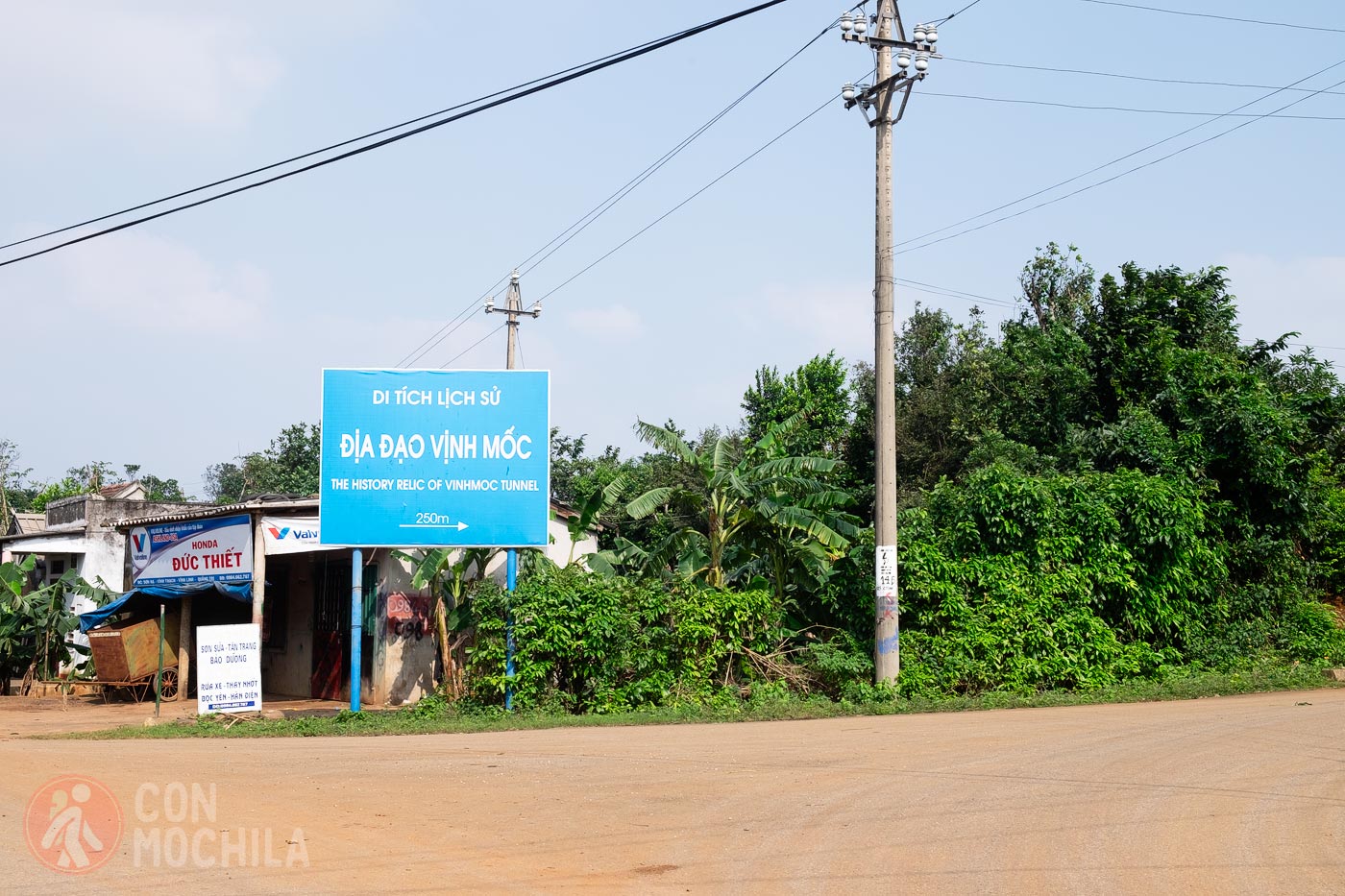
We were in the middle of the demilitarized zone, a strip that stretched about five kilometers on both sides of the Ben Hai River, separating North Vietnam from South Vietnam.
Some of the worst battles of the war took place in this belt of the country, and many people have been killed or injured in the years since due to mines and artillery debris left behind—a lasting reminder that the consequences of war are felt for many years after it has ended.
Even today, you can still visit some military bases in the DMZ, as well as the Truong Son National Cemetery. However, we preferred to visit the Vinh Moc tunnels, and a little over an hour later, we arrived there.
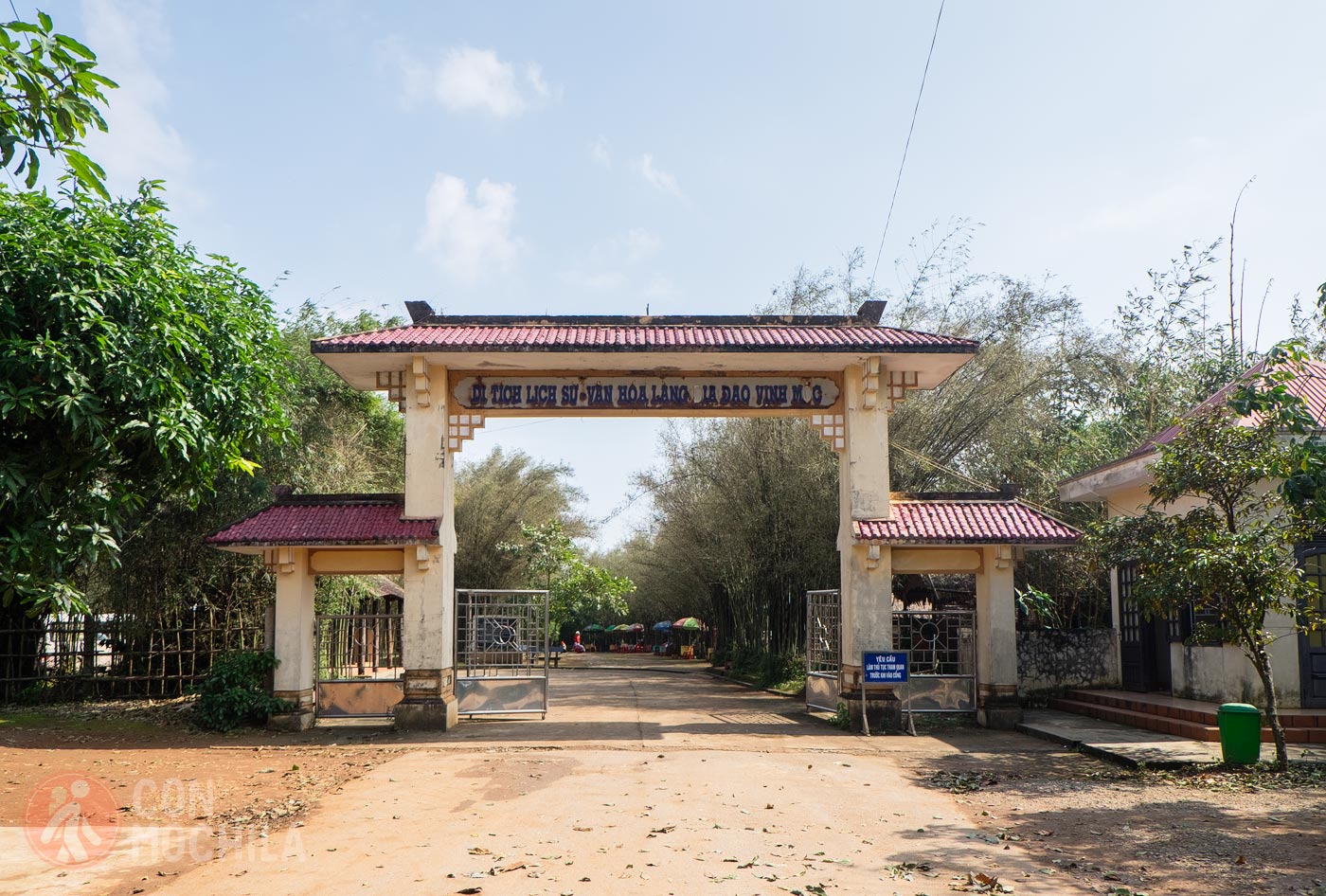
At the entrance, there is little more than one of the twelve access doors to the underground passages and a group of women trying to sell you a soft drink or a bottle of water.
The first thing we did upon arrival was visit the small museum to familiarize ourselves with the history. Through a series of photos and a collection of bombs at the entrance, we began to grasp what we were about to encounter.
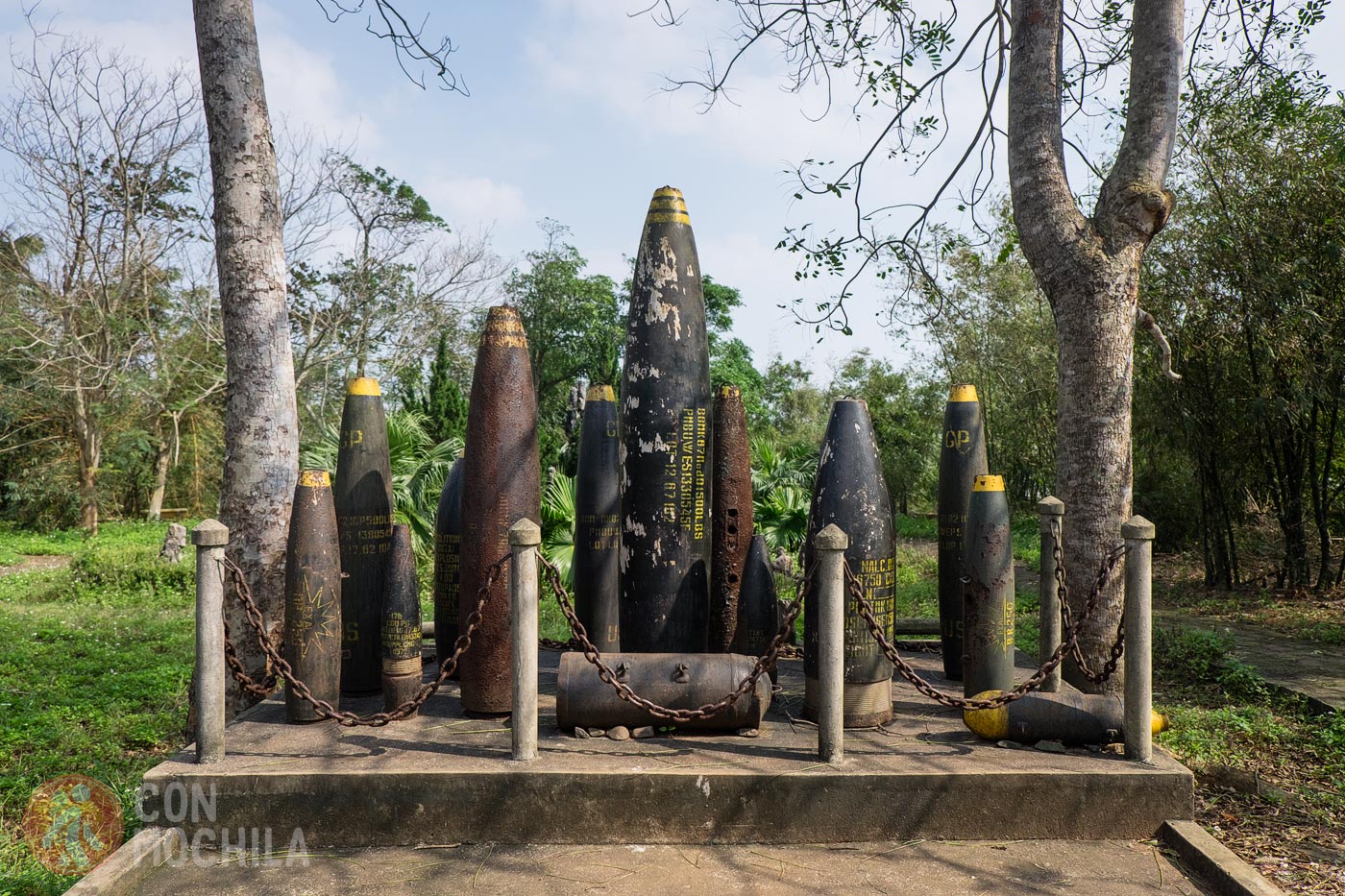
We were about to leave the museum and head towards one of the doors leading into the tunnels when suddenly, a very short man, stood in our way and introduced himself as one of the children born down there.
At first, we didn’t pay much attention to what he was saying, but his persistence and constant pointing at one of the photos, repeatedly claiming it was him, made us hesitate.
Whether his story was true or not, we didn’t know how to refuse his offer to guide us through the tunnels. Before we had a chance to say anything, he had already stepped ahead and motioned for us to follow him.
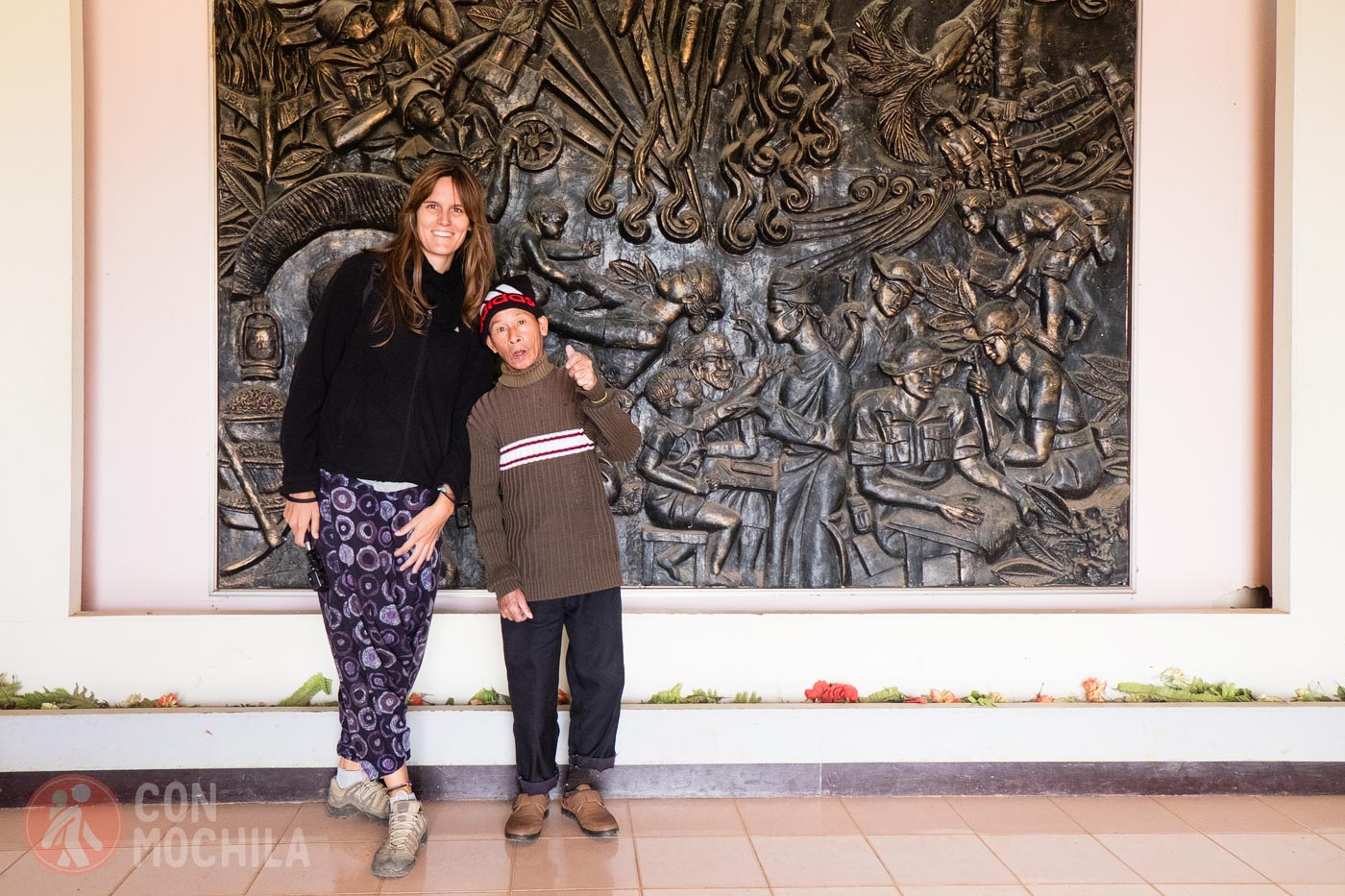
The man, whose name we couldn’t catch nor any of his words—due to what seemed to be an intellectual disability—communicated with us through shouts, onomatopoeia, and by beating his chest whenever he wanted to remind us that he had been born there.
He began walking quickly and descended the stairs into the first tunnel he found.
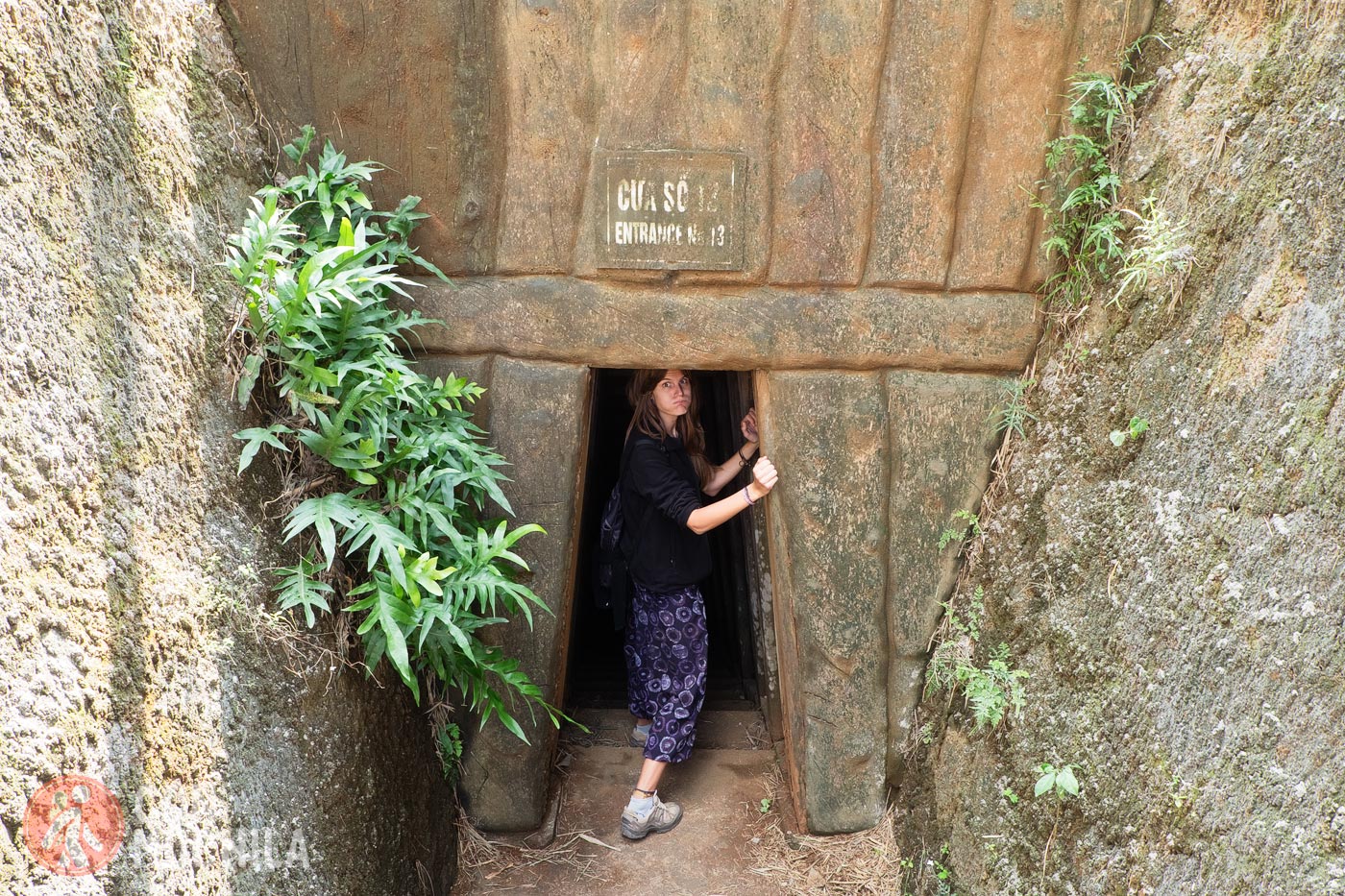
He only turned around once to point at the ceiling, trying to warn us that it was low. However, he didn’t seem to realize that we were more than 20 centimeters taller than him and struggled to keep up with his dizzying pace through the narrow hallways. During the 20 minutes we spent inside, he never slowed down.
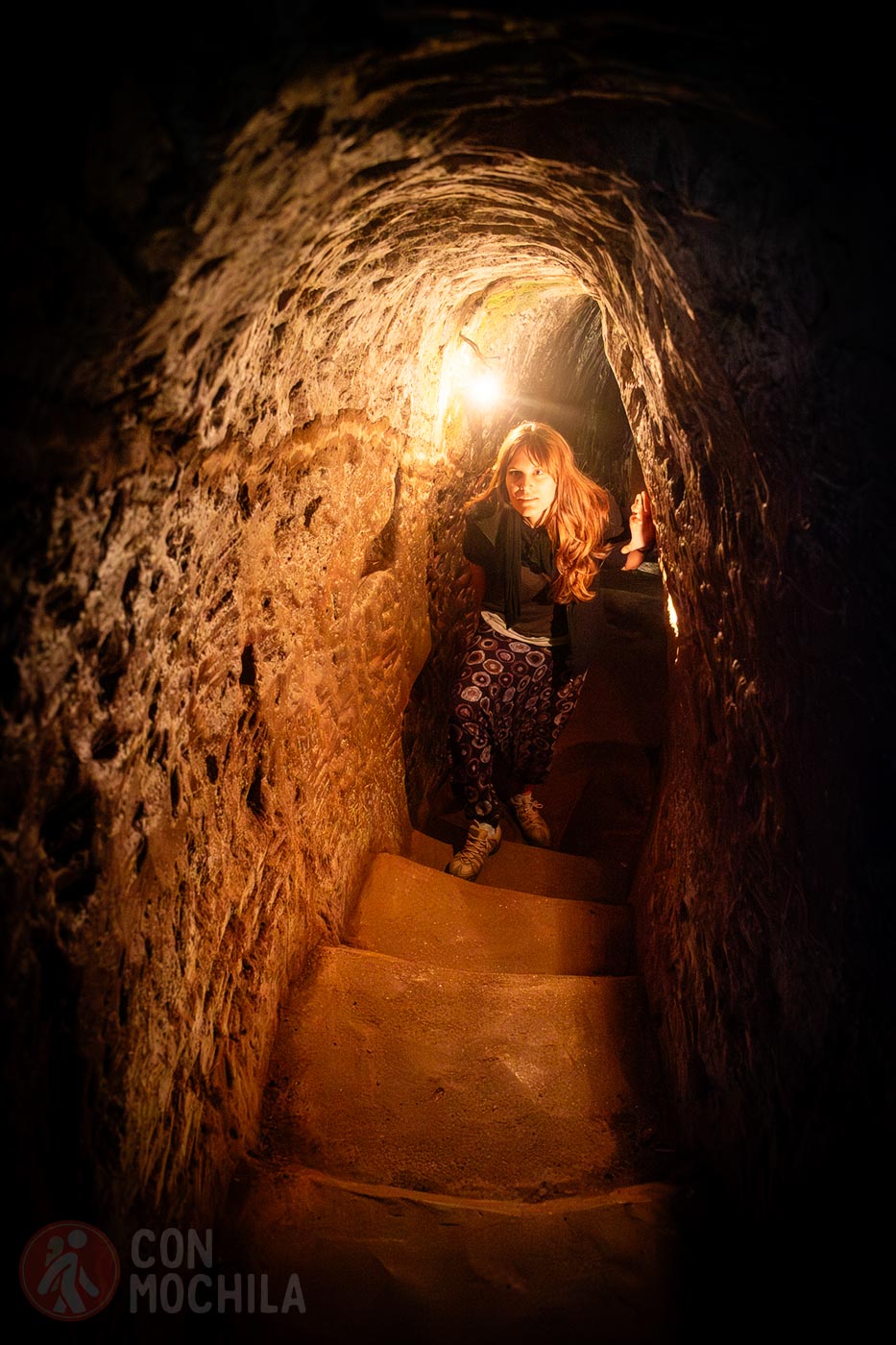
The initial claustrophobia gradually faded as our eyes adjusted to the dim light from the lanterns that had been placed throughout the tunnels.

The corridors were barely wide enough to walk through and only expanded when we reached one of the meeting rooms.

On both sides of the passages, small caves or rooms occasionally appeared, where mannequins depicted what life was like for the people who lived there.
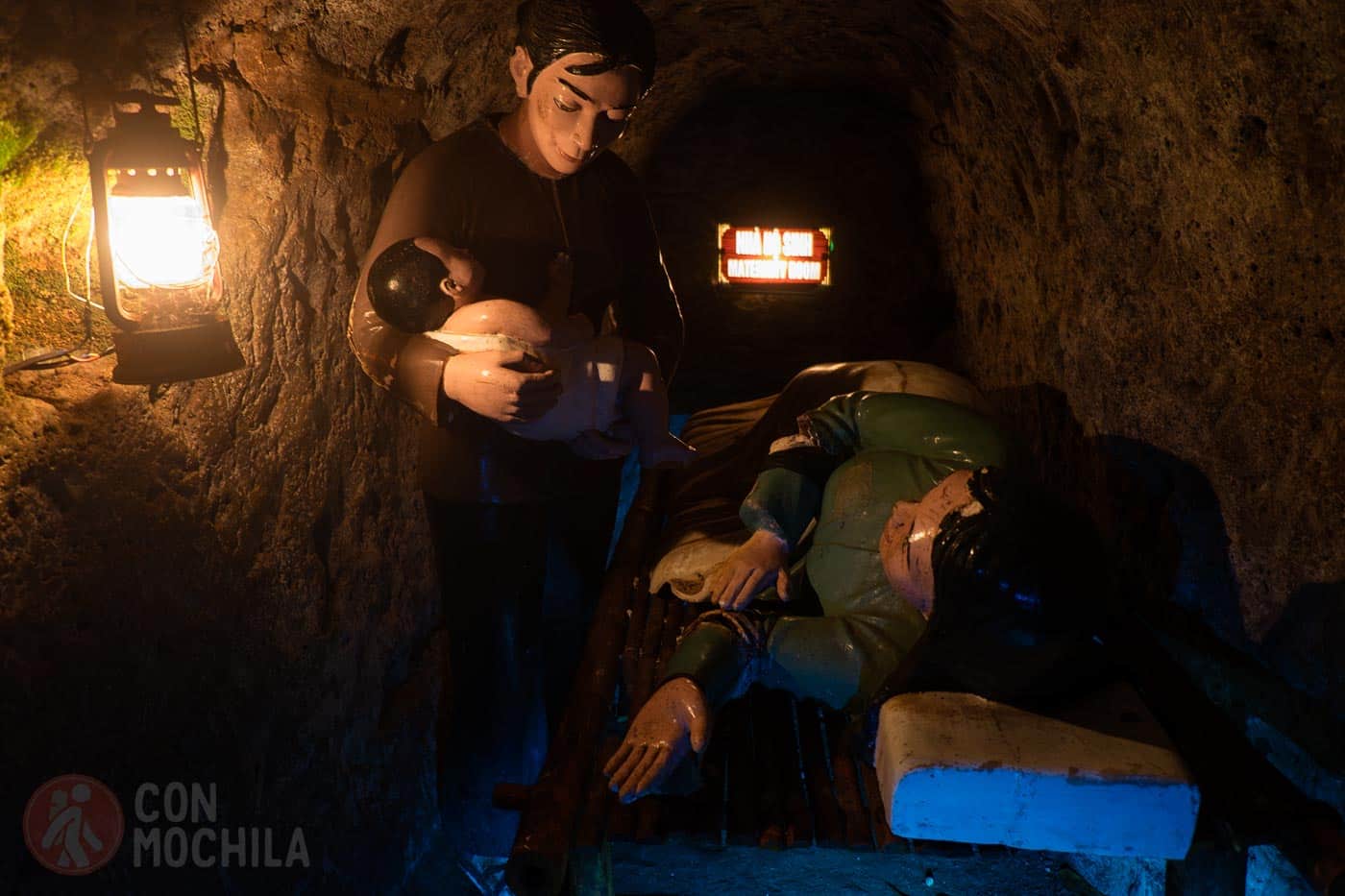
Whenever the man decided we had spent too much time looking at something, he would clap his hands loudly and gesture roughly for us to follow him.
Fortunately, by the fourth clap, I no longer jumped, though my heart was still pounding at the thought of what life must have been like in that maze of clay tunnels.
Even though the tunnels endured until the end and their inhabitants survived, I couldn’t bear to imagine what it must have felt like to be trapped inside, hearing bombs explode just meters above, fearing that everything could collapse and bury everyone inside. Just the thought of it was chilling.
We walked down one last corridor and exited through a door that opened to the China Sea to get some fresh air. A couple of minutes later, we reentered the tunnels, crossed the corridor again, and emerged through a different exit.
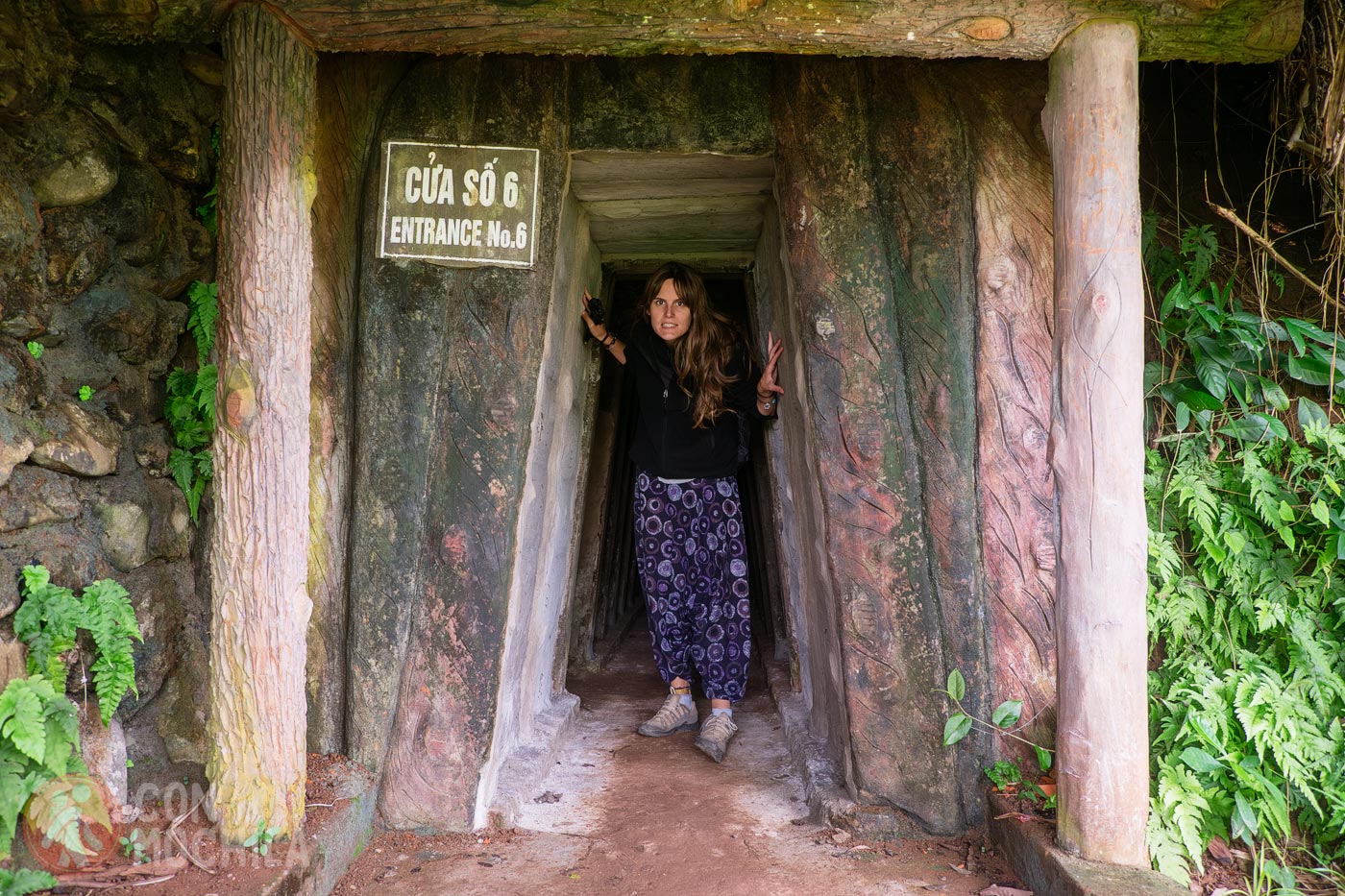
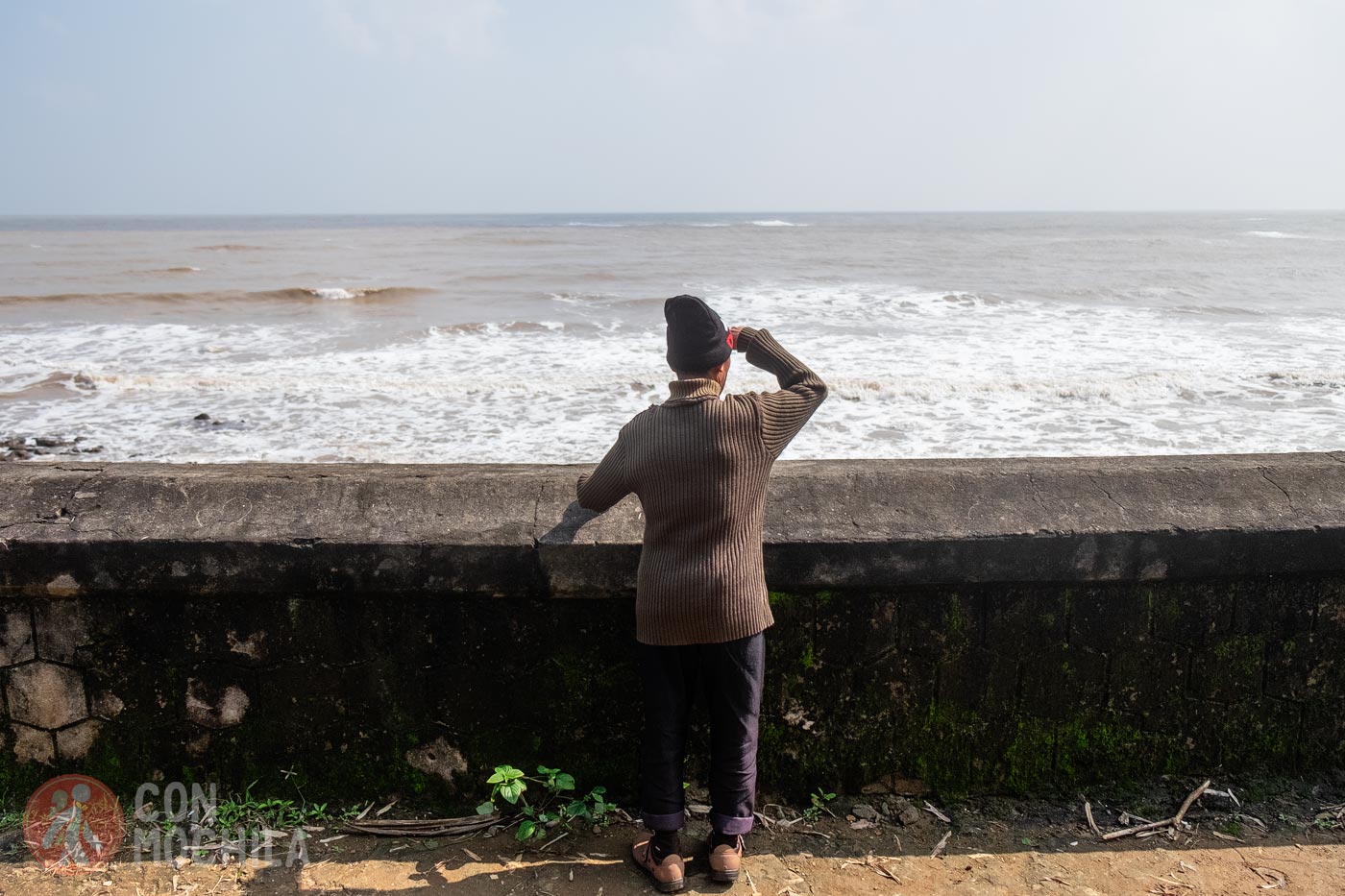
Once outside, after giving a tip to the man—who, judging by his expression, seemed to think it wasn’t enough—we returned to the entrance, passing once more through an area where remnants of the war were still visible, such as bomb craters and trenches that had been partially restored for tourism.
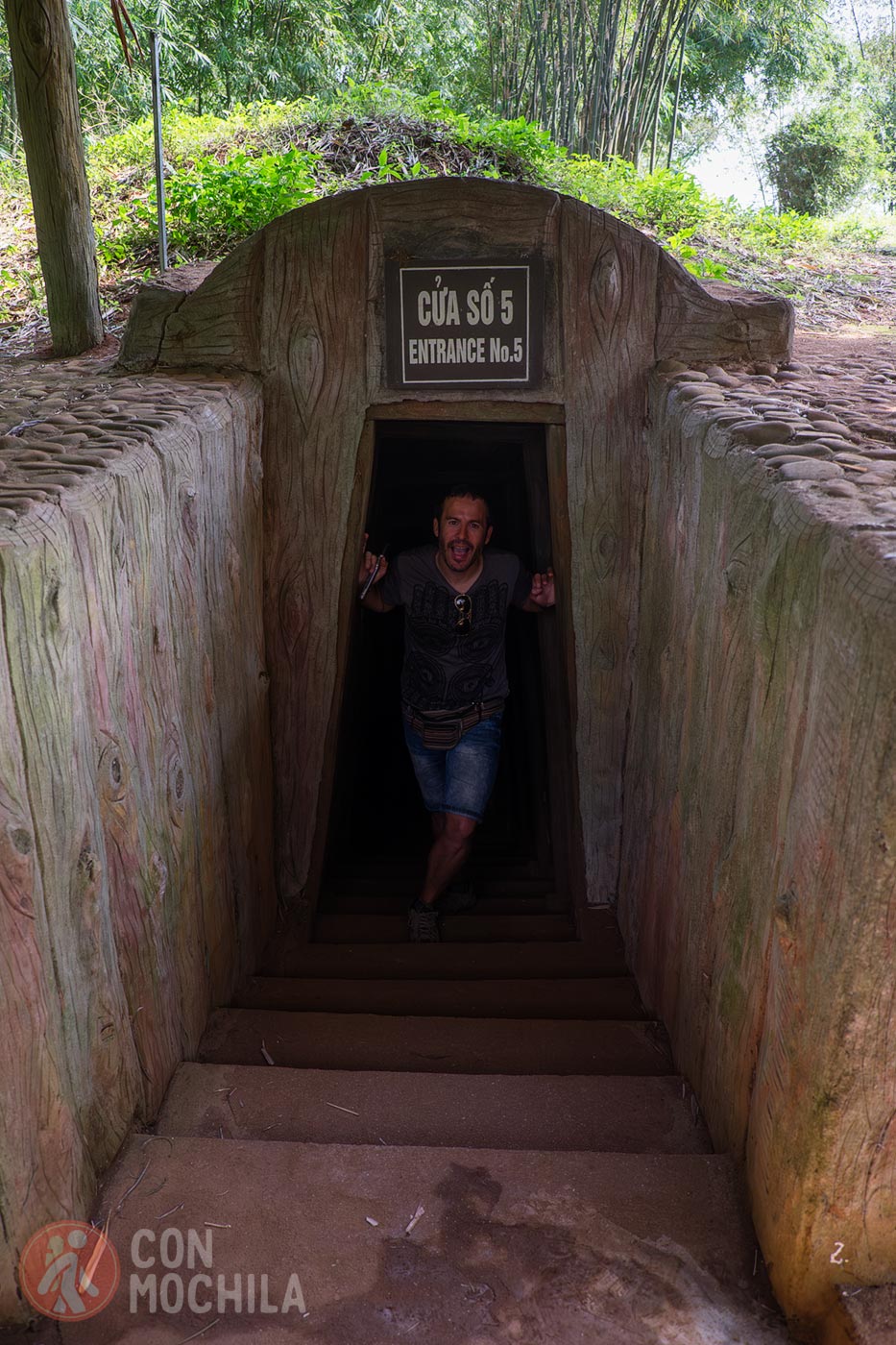
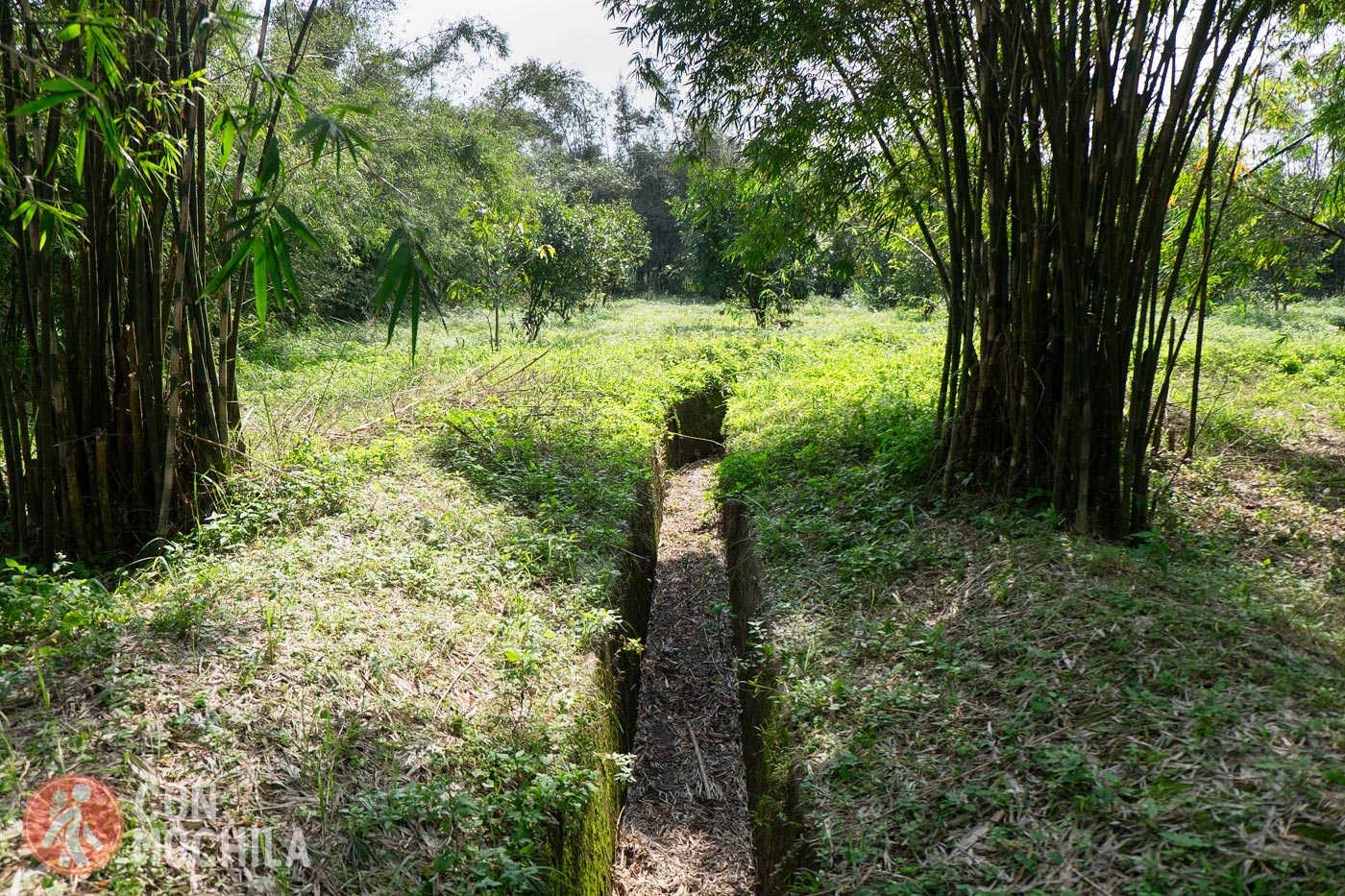
On the way back to Dong Ha, we decided to take National Highway 1 instead of the road closer to the sea, taking advantage of the dry weather to stop and see the monument symbolizing the reunification of the country just before crossing the Ben Hai River.

The war museum just across the street intensified the feelings of anguish, grief, and anger that had been with us for some time. It houses a collection of weapons, military vehicles, uniforms, and tools used by both sides during the conflict, as well as maps, photographs, and records illustrating the division of Vietnam and military operations in the DMZ.
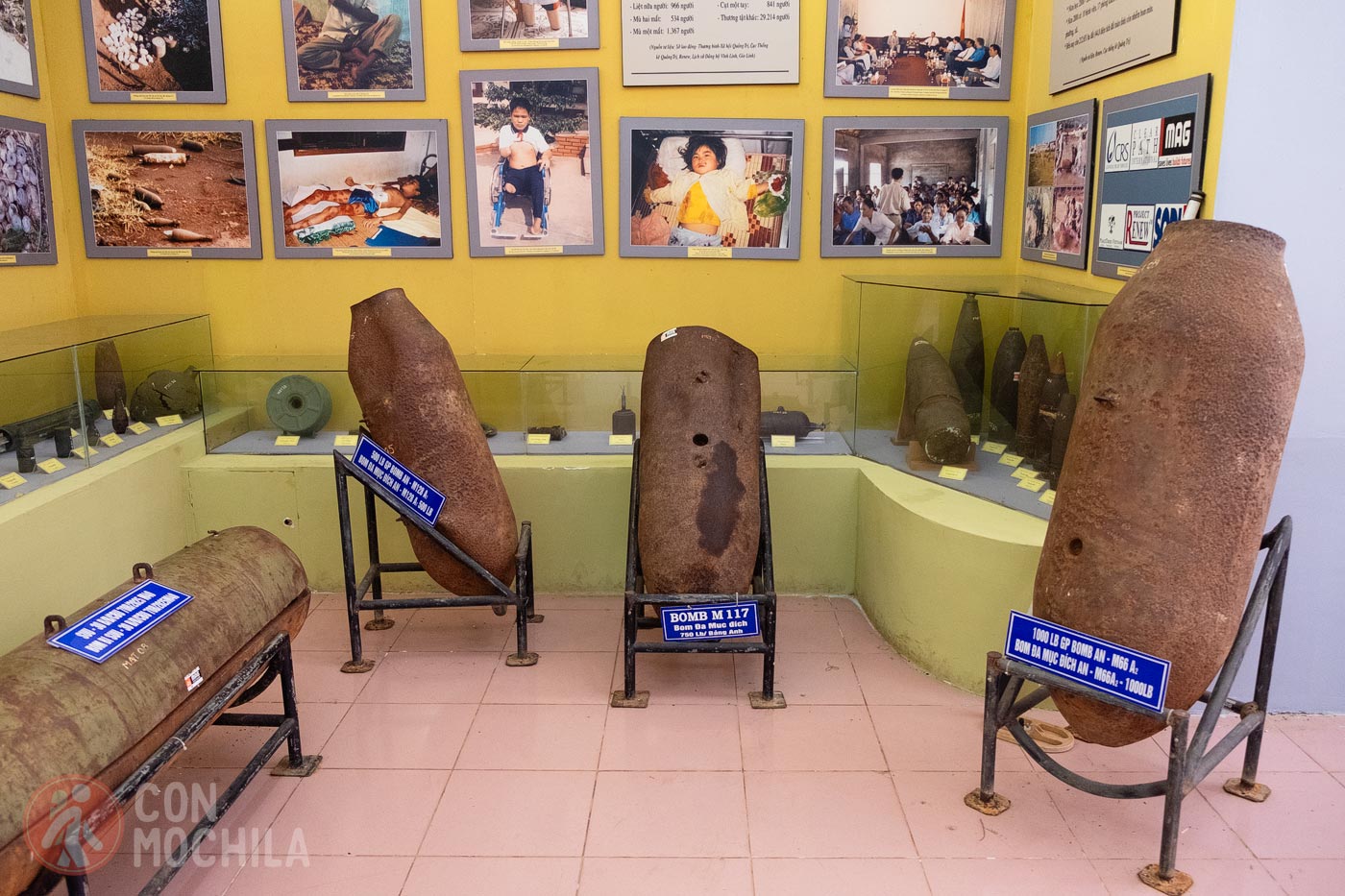
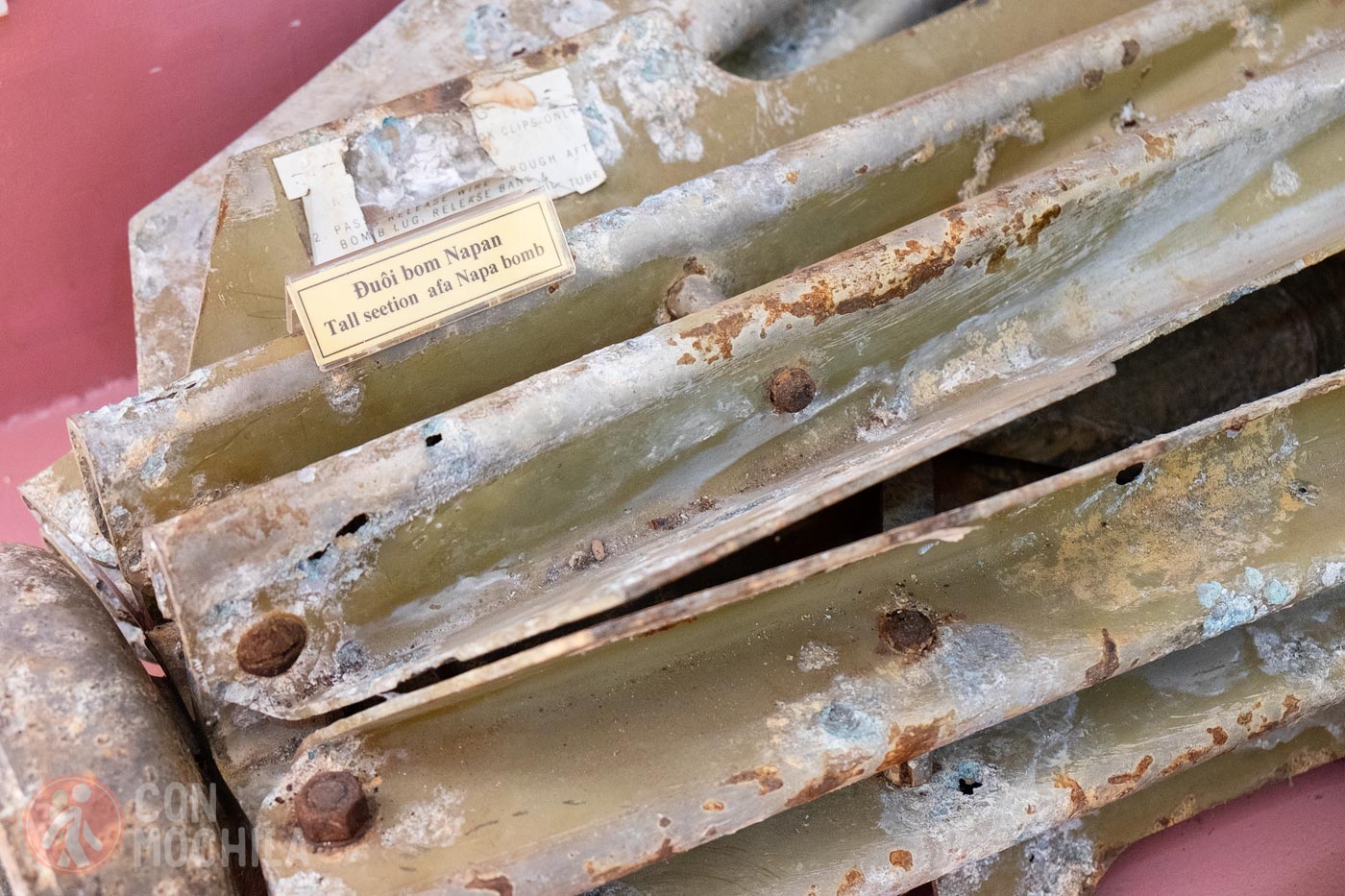
Some sections of the museum recreate scenes from the daily lives of soldiers and civilians who lived and fought in the region, as well as paintings depicting that era.
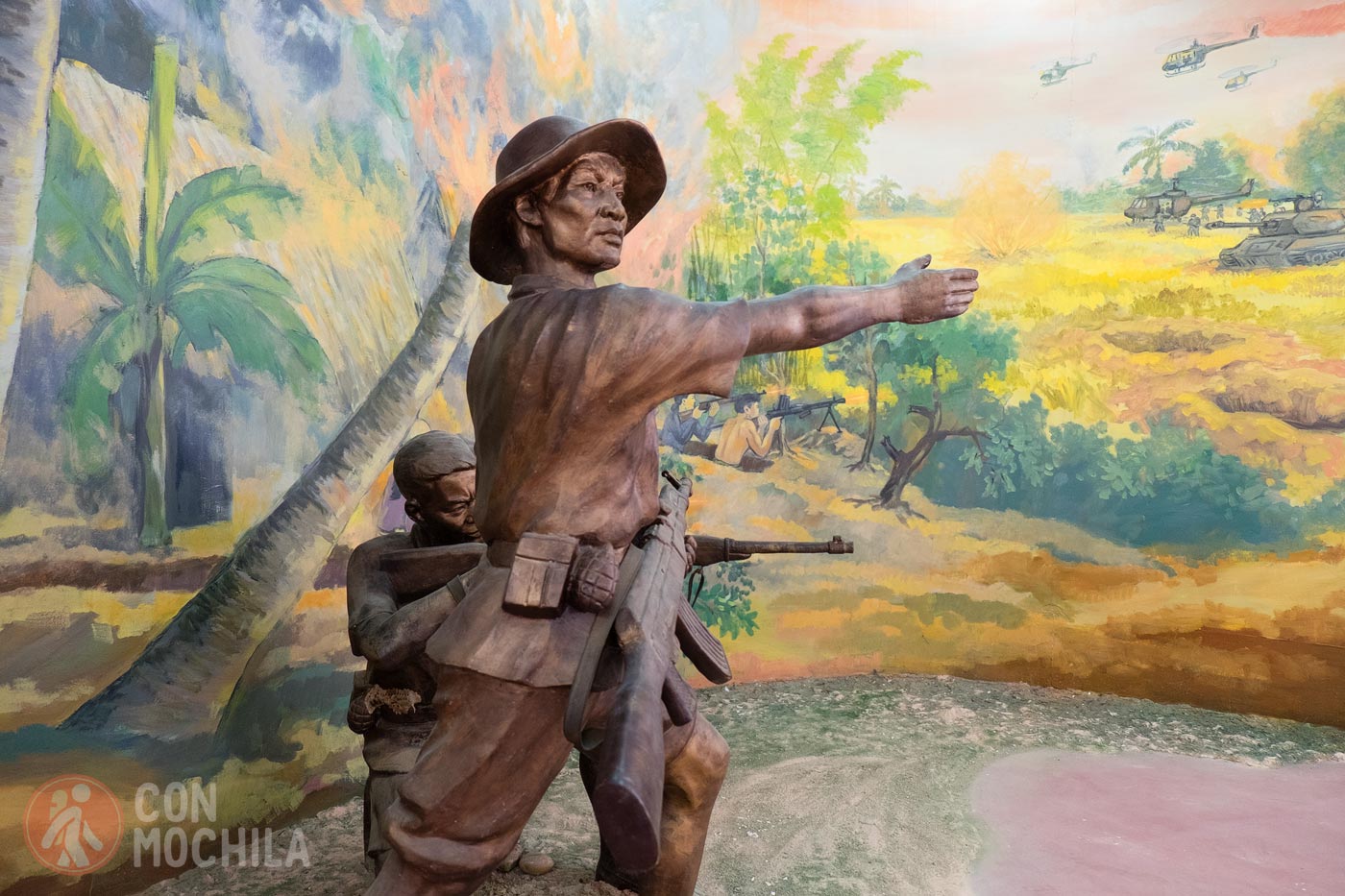

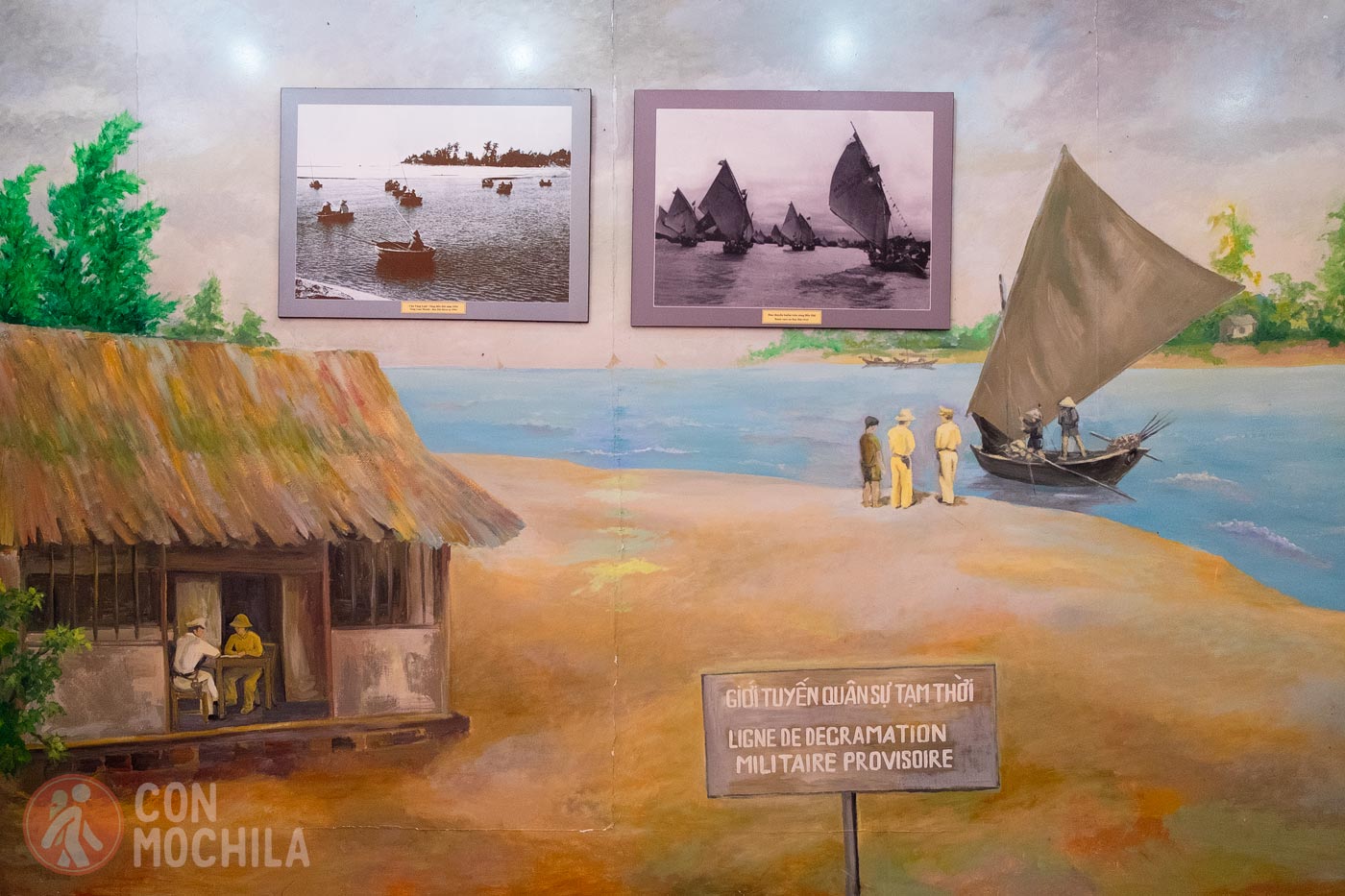
To complete the overwhelming experience, all that remained was to walk across the ancient Hien Luong Bridge, which spans the Ben Hai River—a powerful symbol of Vietnam’s division.
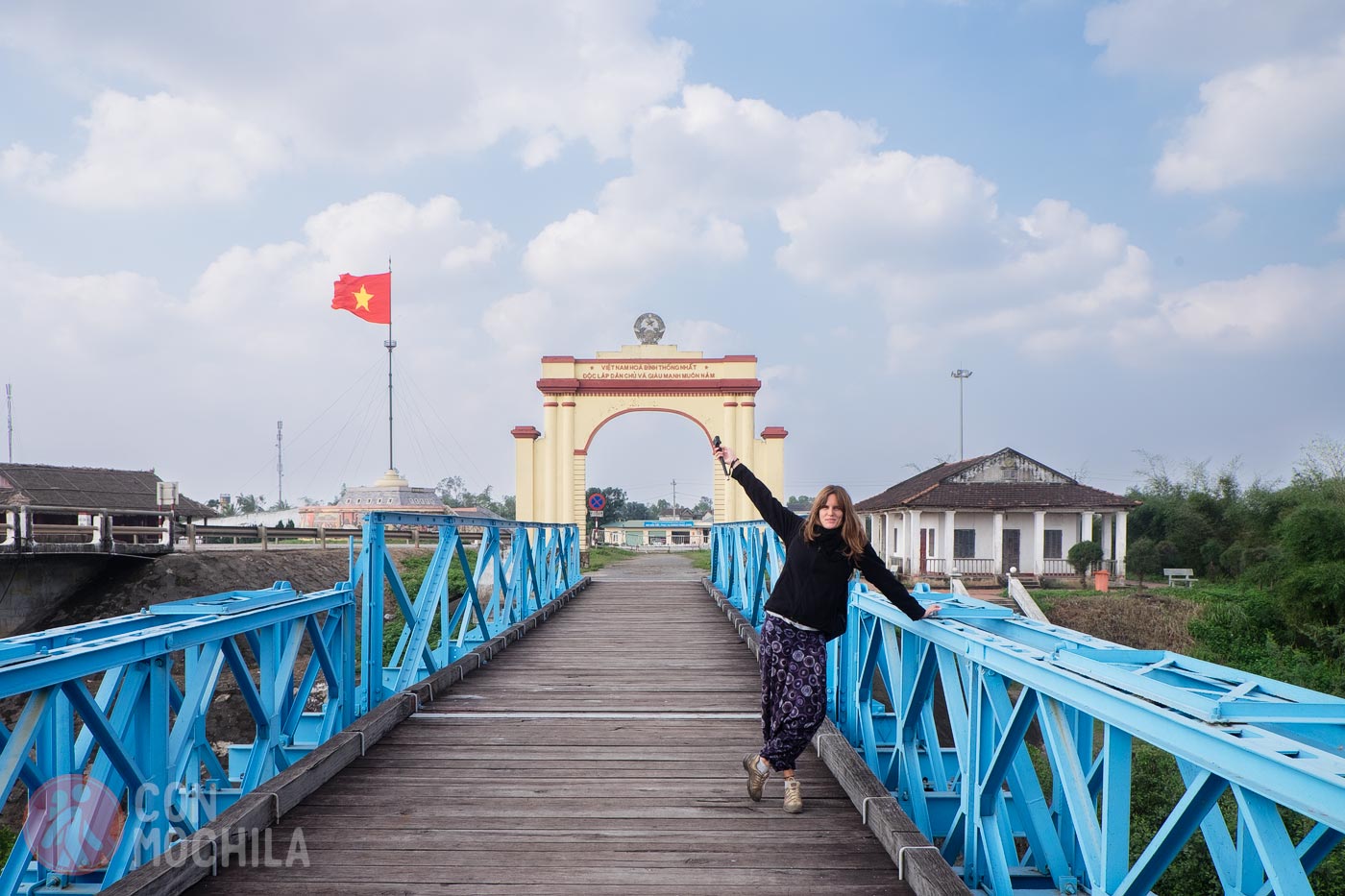
Between 1954 and 1975, this bridge marked the border between the communist north and the western-backed south. Its structure was painted in two colors, blue and red, representing each side. Over the years, it became a site of political tension, with loudspeakers and banners used as propaganda tools.